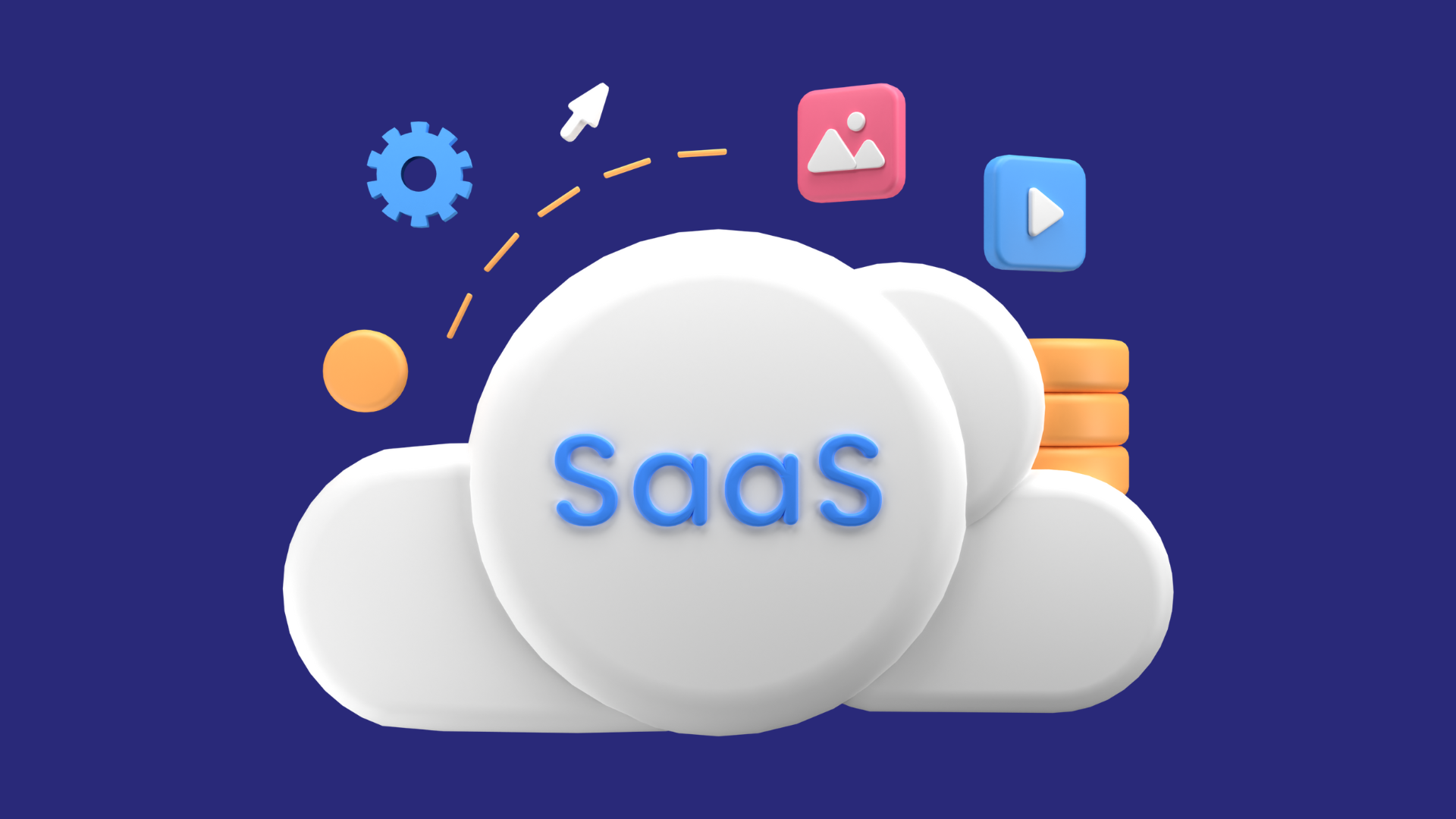
In the fast-paced world of Software as a Service (SaaS), understanding the nuances of marketing metrics is not just a choice, but a necessity. The landscape is incredibly competitive, and the decisions you make today can have a significant impact on your company's future. Fortunately, with the right data modeling framework in place, SaaS organizations can gain deeper insights into their marketing efforts and make more informed investment decisions.
Why Granularity in Data Matters
In the realm of SaaS marketing, the devil is in the details. Granularity in data allows organizations to see beyond the surface and understand the subtle dynamics of their marketing strategies. With detailed data, you can pinpoint what's working, what's not, and where adjustments need to be made. This level of insight is crucial for fine-tuning your approach and maximizing ROI.
The Essential Data Modeling Framework for SaaS Marketing
To truly grasp the impact of your marketing efforts on the bottom line, there are key metrics that every SaaS marketing team should monitor closely:
1. Capture-to-MQL Rate
This metric measures the rate at which your marketing efforts capture leads and convert them into Marketing Qualified Leads (MQLs). It's a critical indicator of how effective your lead-generation strategies are. By tracking this rate, you can identify the strengths and weaknesses of your marketing campaigns and adjust them to better attract qualified leads.
2. MQL-to-SAL Rate
The MQL-to-SAL rate determines how many MQLs are accepted as Sales Accepted Leads (SALs). This metric sheds light on the alignment between your marketing and sales teams. It ensures that the leads generated by marketing meet the criteria set by sales, facilitating a smoother transition through the sales funnel.
3. SAL-to-SQL Rate
Next, track the rate at which SALs convert into Sales Qualified Leads (SQLs). This rate is a testament to the quality of leads that are being passed on to the sales team. A higher SAL-to-SQL rate suggests that the leads are well-qualified and have a higher chance of progressing through the sales process.
4. SQL-to-Close Rate
Finally, measure the rate at which SQLs convert into closed deals. This metric is a direct reflection of your sales process's effectiveness in closing opportunities. A healthy SQL-to-Close rate indicates a strong sales strategy and effective collaboration between marketing and sales.
Takeaways:
For SaaS organizations, having a robust data modeling framework is not just about collecting numbers; it's about gaining actionable insights that drive strategic decisions. By focusing on these key metrics, your marketing team can better understand its impact on the company's bottom line and contribute more effectively to its growth. Remember, in the world of SaaS, knowledge isn't just power—it's profit.
Want to Test Drive Our Services Before Committing? Try Be Uniic's Free Audit Bundle Today!

